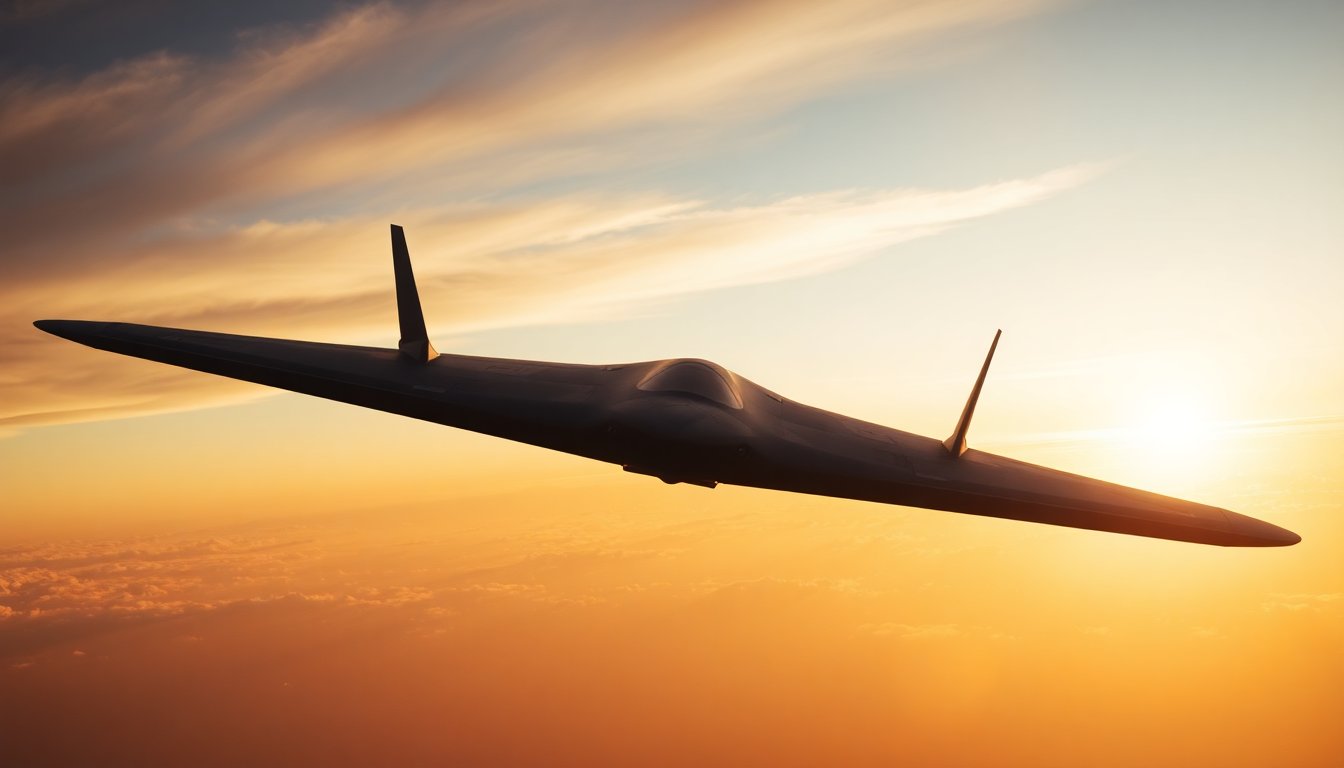Table of Contents
The recent flight of the second B-21 Raider bomber marks a pivotal moment in the evolution of America’s long-range bombing capabilities. As the Air Force embarks on rigorous testing of this revolutionary aircraft, the implications for military strategy and defense posture are profound. With a design that prioritizes stealth and versatility, the B-21 is set to redefine the landscape of aerial warfare.
Overview of the B-21 Raider Program
Developed by Northrop Grumman, the B-21 Raider is celebrated as the world’s first sixth-generation bomber, capable of carrying both conventional and nuclear munitions. This aircraft is engineered to infiltrate deeply into enemy airspace, countering increasingly sophisticated air defense systems employed by nations such as China and Russia. The B-21 builds upon the legacy of its predecessors, including the iconic B-52 Stratofortress and the stealthy B-2 Spirit, integrating advanced technology to enhance its operational efficacy.
As Air Force Secretary Troy Meink pointed out, the introduction of the second B-21 to the flight test program significantly accelerates the pace of development. This expansion allows for the integration of weapons systems and mission capabilities, moving beyond mere performance evaluations. The strategic importance of the B-21 cannot be overstated, especially as it serves to support the U.S. nuclear triad alongside modernized B-52s.
Cost Efficiency and Technological Advancements
One of the most notable differences between the B-21 and its predecessor, the B-2, is the cost. The B-2 was famously expensive, with each unit costing around $2 billion, leading to a limited production run of just 21 aircraft. In contrast, the B-21 has a more manageable price point of approximately $800 million per aircraft, enabling the Air Force to project a fleet of at least 100 units. This cost efficiency, paired with an open systems architecture, facilitates ongoing technological upgrades, ensuring that the B-21 remains at the forefront of military aviation.
The B-21’s design incorporates state-of-the-art materials and engineering practices, resulting in a sleek, flying-wing configuration that resembles the B-2 but is optimized for modern combat requirements. As testing progresses, the Pentagon aims to mitigate delays that have plagued other military projects, ensuring that the Raider is delivered on time and within budget.
Strategic Implications and Future Outlook
The B-21 Raider is not merely an aircraft; it represents a strategic asset essential for maintaining U.S. military superiority in an increasingly complex global landscape. With its formidable range and stealth capabilities, commanders will have enhanced options in the Indo-Pacific theater, where traditional military bases face growing challenges from adversarial missile threats.
As the program unfolds, military leaders remain optimistic about the B-21’s potential to fulfill critical roles in both conventional strike operations and nuclear deterrence. The Air Force anticipates that the Raider will be operational by the early 2030s, reinforcing its commitment to modernization and readiness. With the addition of more test aircraft, the path to deployment is becoming clearer, aligning with the urgent need for advanced capabilities in today’s geopolitical climate.
In summary, the B-21 Raider signifies a monumental leap in military aviation technology, poised to enhance the United States’ strategic deterrence and operational flexibility for decades to come. As the program advances, its implications for the future of warfare and international security will continue to unfold.


